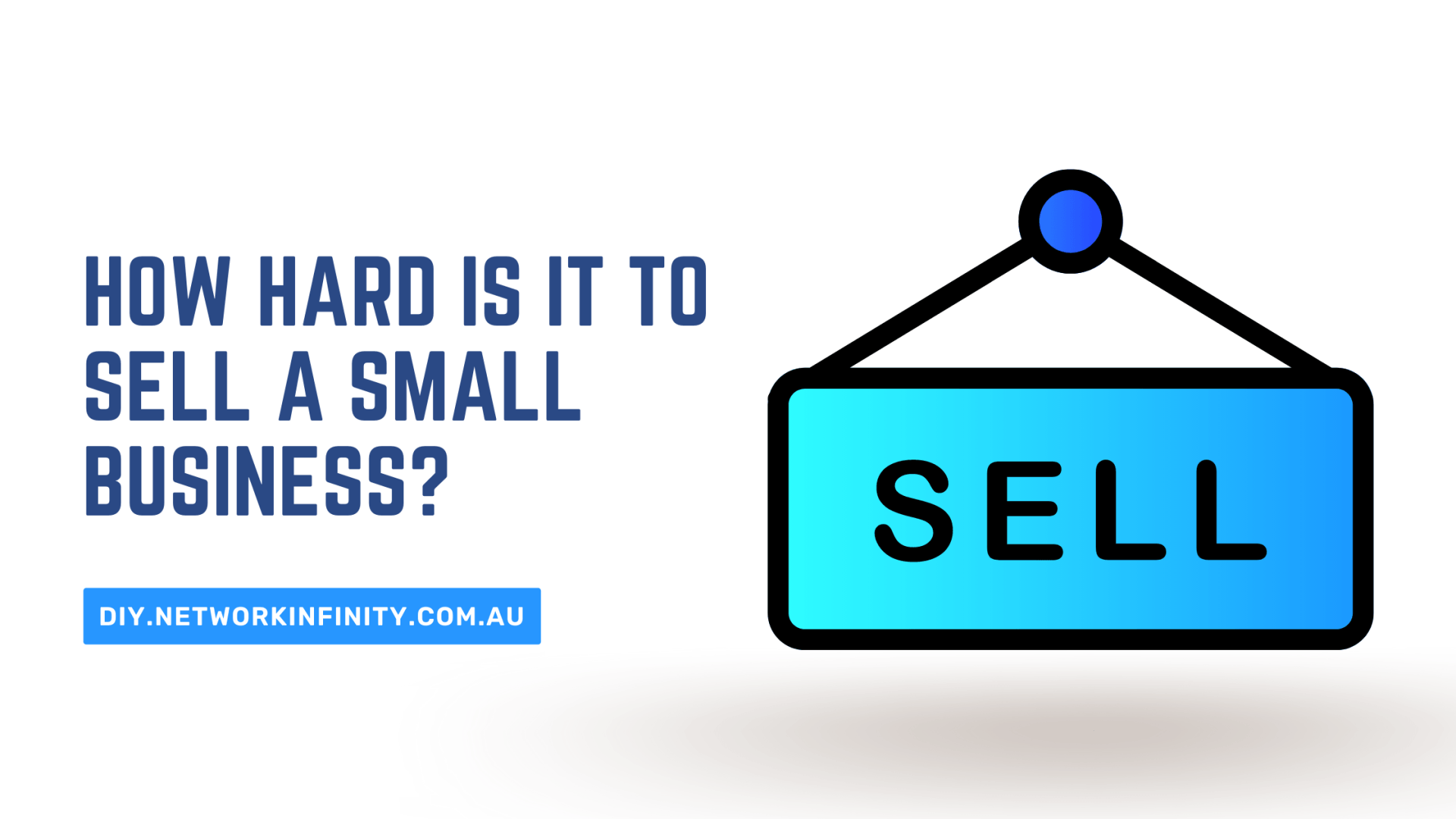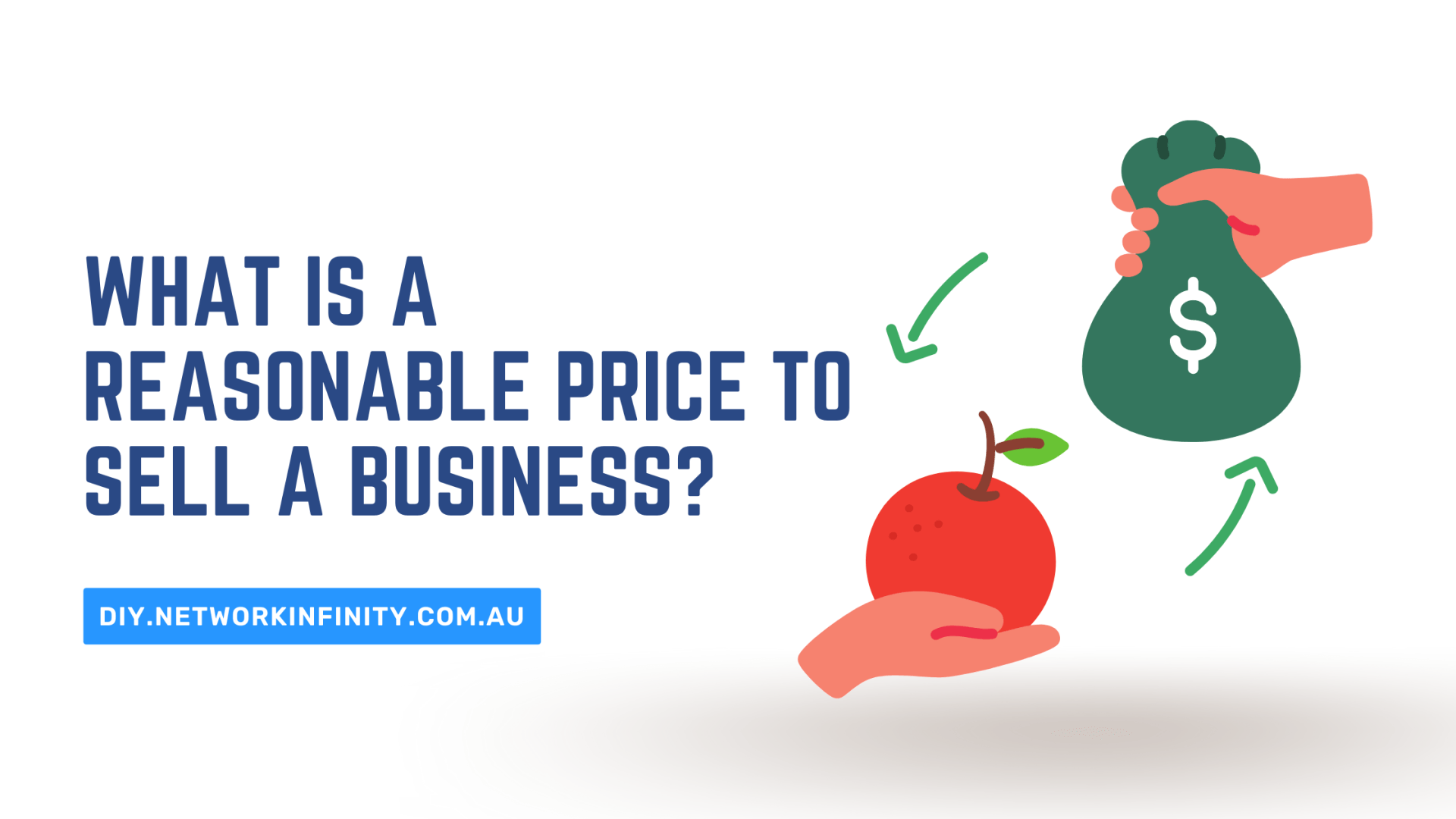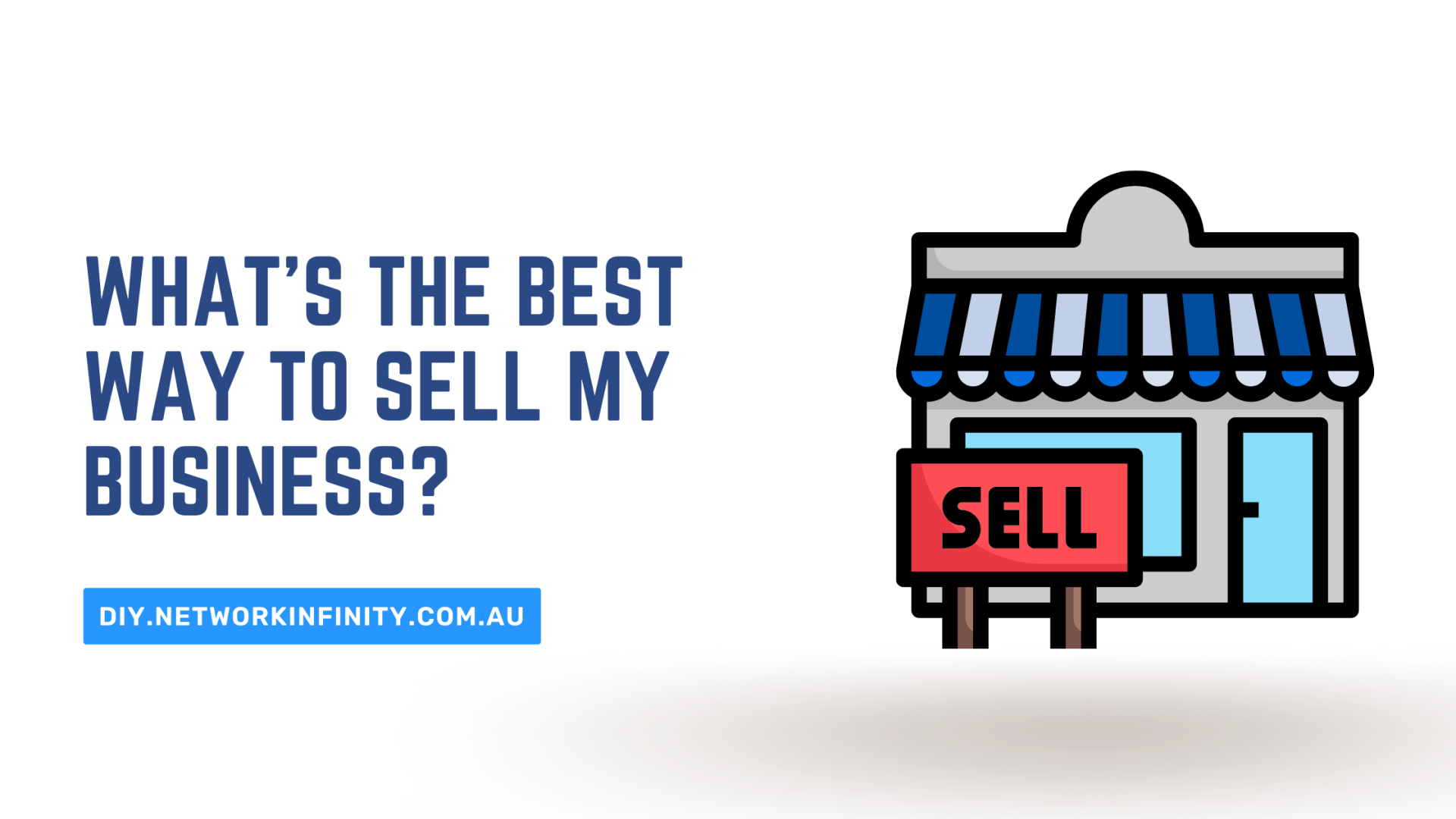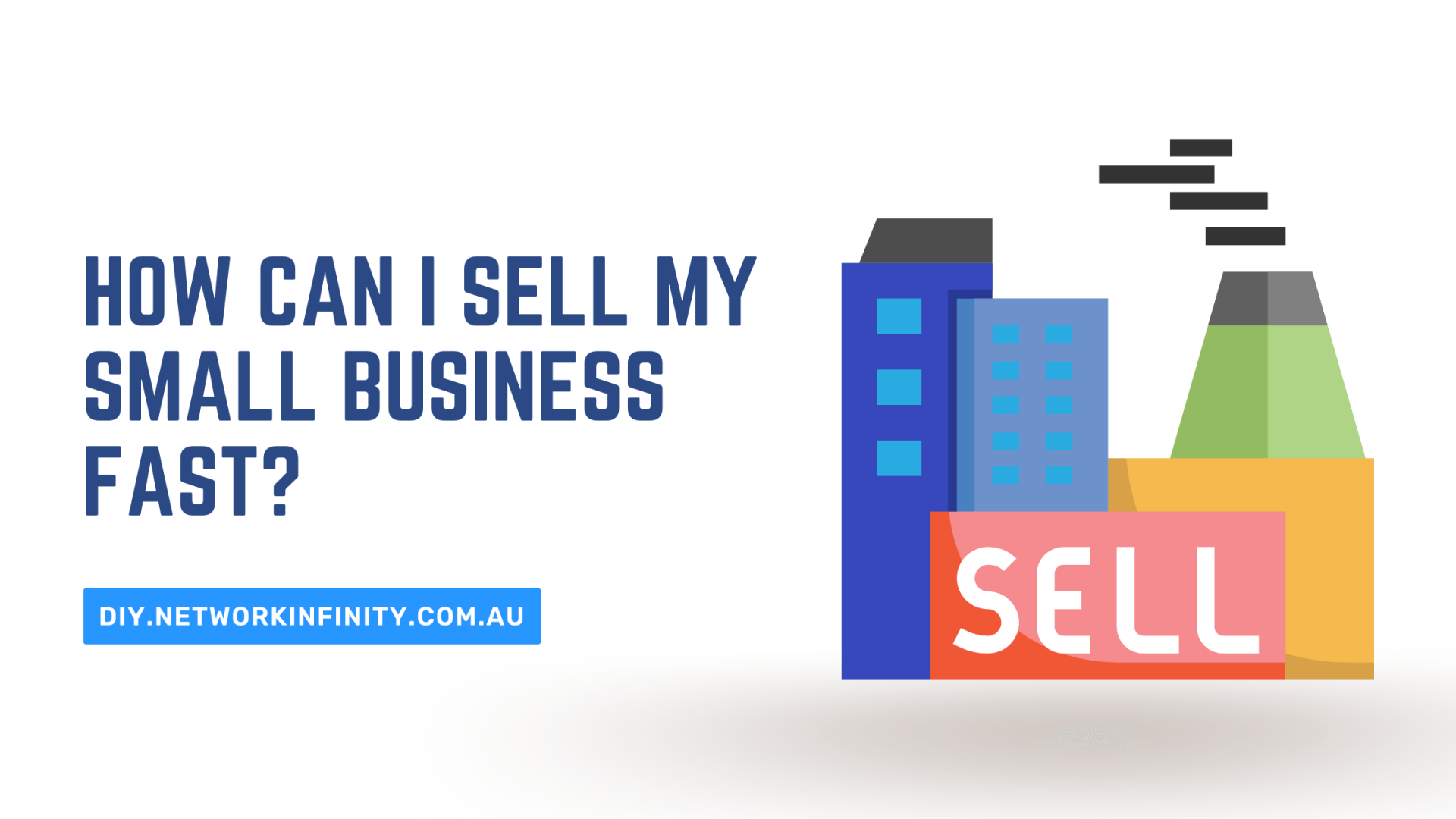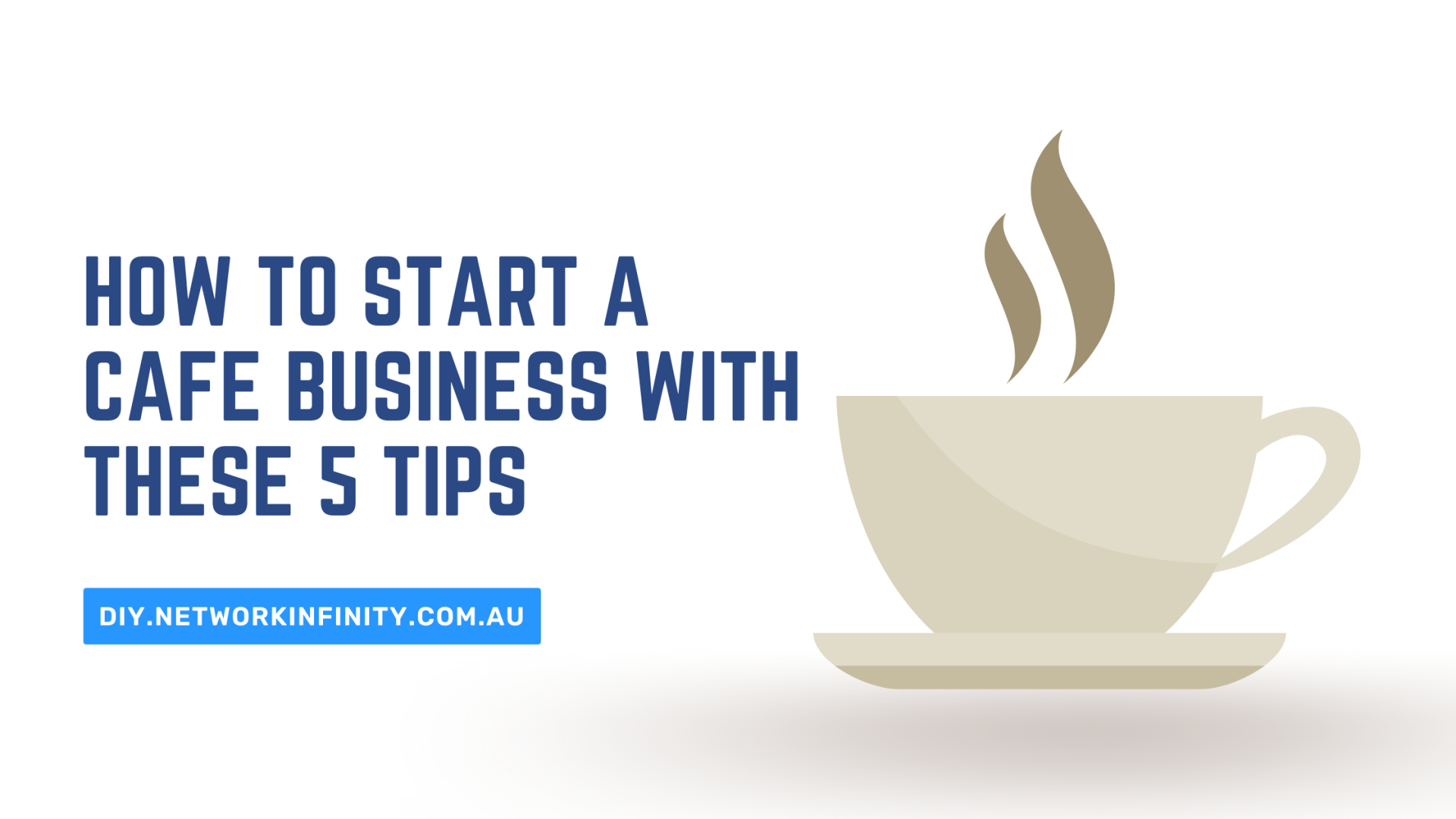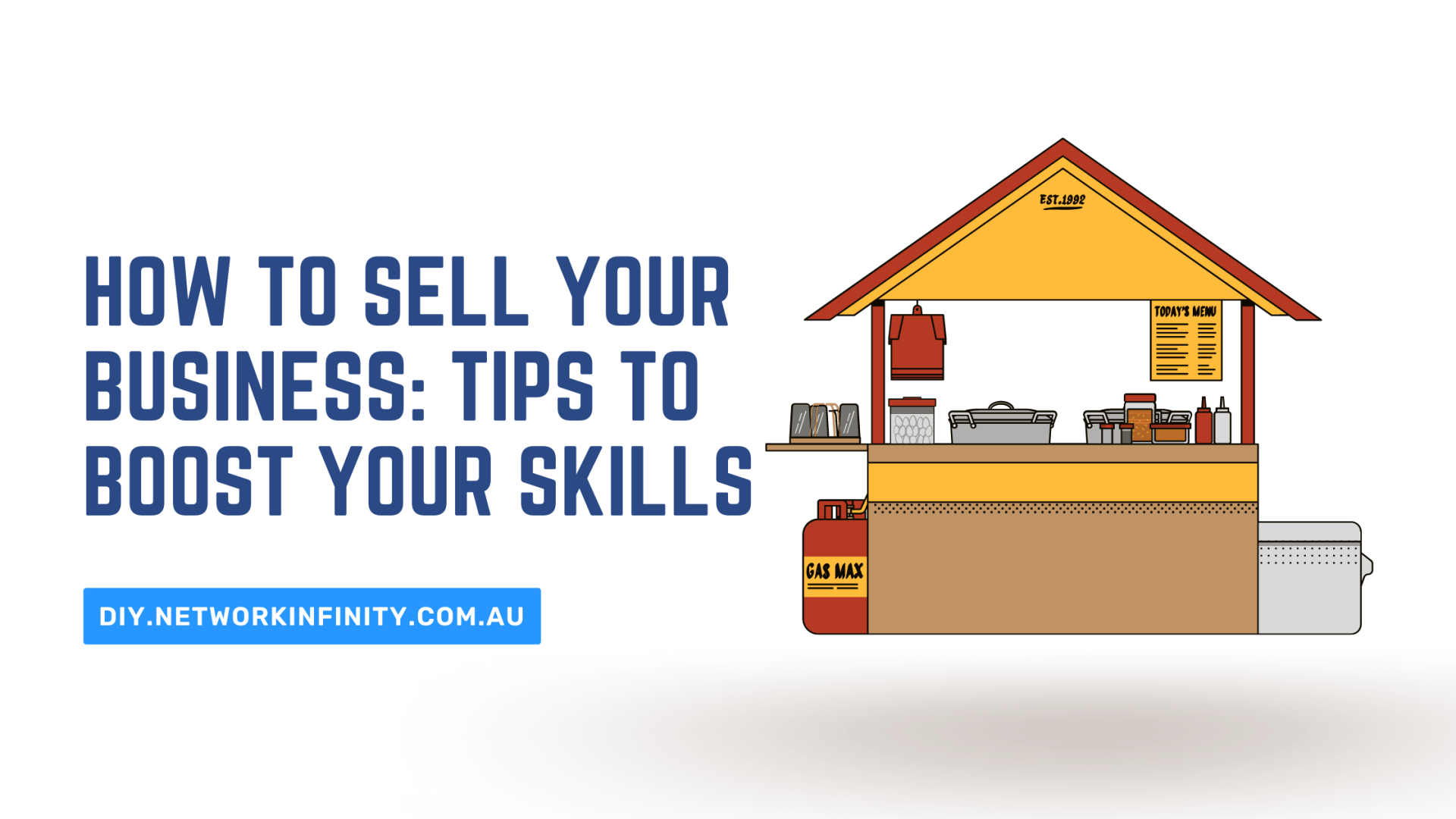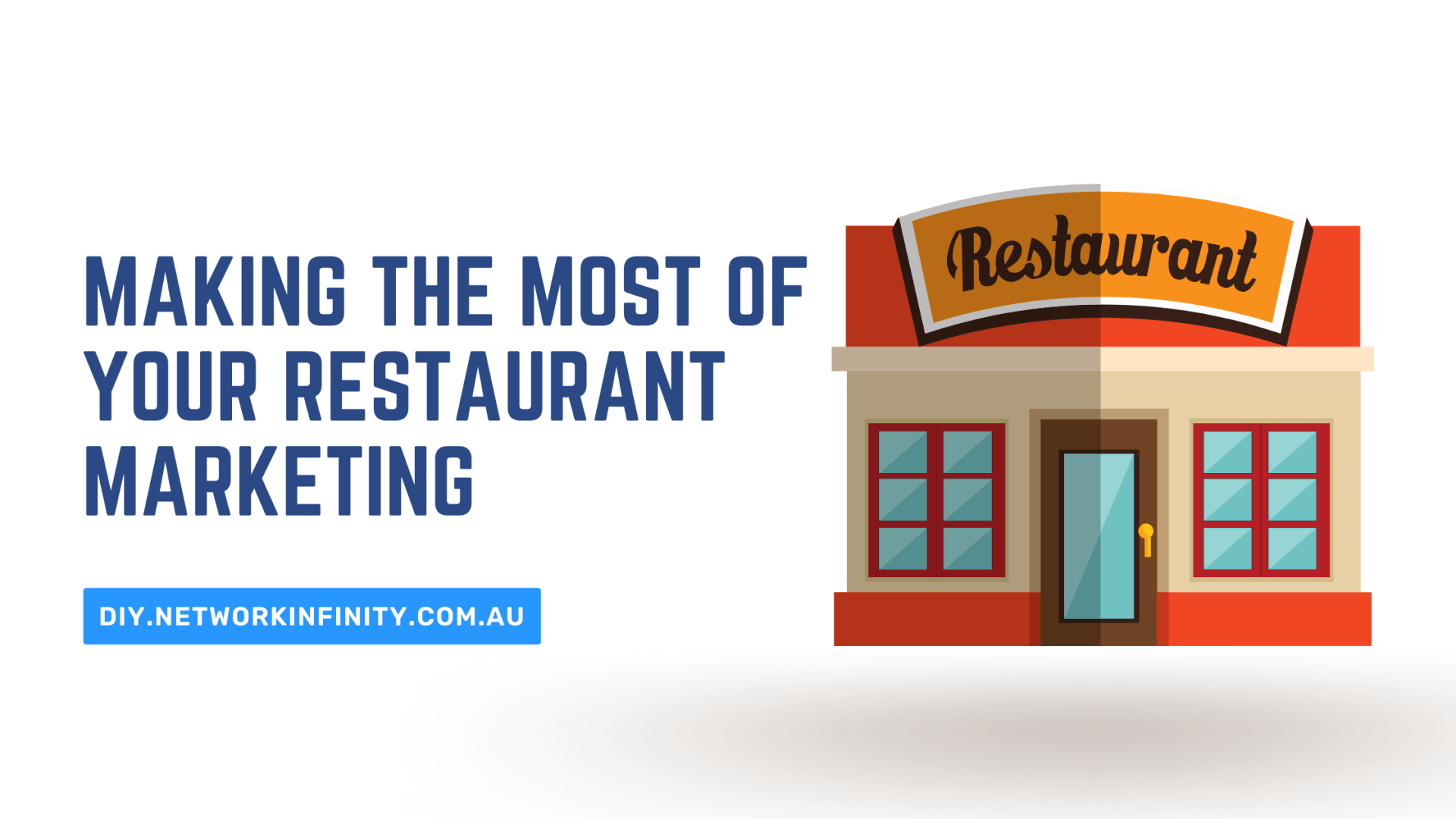How To Sell Your Business Without A Broker
When the time comes to sell your business, you may be wondering how to sell your business without a broker. A broker can help get your business sold, but it's not always necessary. In fact, there are a few ways you can go about selling your business without a broker.
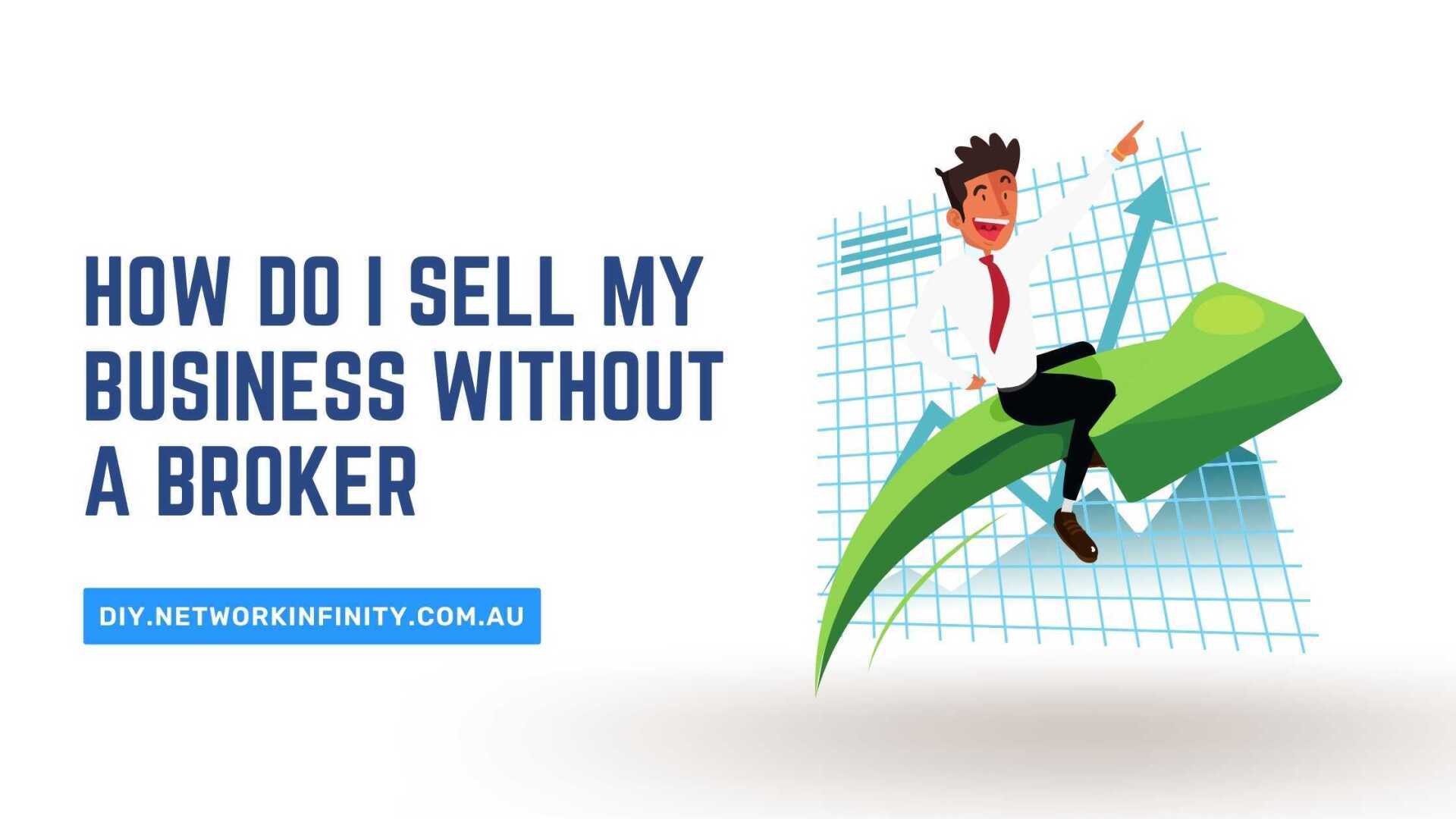
Suppose you are trying to sell your business in Australia without a broker. In that case, it is essential to realise that there are many different ways to do this. However, these approaches will depend on the type of company you have. There are two other options if you own a service-based or retail-based business.
If you are selling a service-based company, you can either post it on websites like Gumtree or try to sell it yourself directly to other businesses. This option may be more complex because you need to find buyers who want what you offer and know how to use your services. You also must make sure that they understand all of the terms in your contract so that everything goes smoothly when you close the deal.
Step 1: Determine the Value of Your Business
Ready to sell your business? Determining the value of your business can feel overwhelming. How should you evaluate its worth? How much should you charge for it? Do you need a broker? If so, how do you find one? Not to worry, we've got your back! We'll walk through all these questions and more and give you some tips on what to look out for when evaluating your own company's value.
Assess the tangible and intangible assets of your business.
Assess the tangible and intangible assets of your business. This is a challenging but necessary process, as it will help determine your company's value. Prepare a list of the company's physical assets, including any equipment or machinery used in production, real estate holdings, inventory, and cash on hand. Then, take stock of its intellectual property (IP) such as patents, trademarks, copyrights, trade secrets, know-how, customer lists, etc.
Consider the earning potential of your business.
Every business owner dreams of retirement. But before you can retire, you must find a way to sell your business (whether it's big or small) and retire with peace of mind. There are many ways to approach this problem- brokers, ads in the paper, friends and family members, etc. The easiest and best way is to do it yourself.
Brokers typically charge a percentage of the sale. If you have an offer from someone who wants to buy your company for $10 million, they will likely want 10% ($1million). You may be able to negotiate that down, but if not, then you'll need to pay them their fee out of the proceeds.
You may be wondering how you can sell your business without a broker. There are plenty of ways to go about it. The first thing you should do is learn about your business's value.
This way, you can determine whether or not you're able to sell it at a price that suits the value. It might take some time, but you could save money by doing so in the end. Once you've done this, there's no reason why you shouldn't try and find a buyer yourself.
Factor in the current market conditions
The current market conditions have made it difficult to sell a business. Potential buyers have a lack of interest, and the prices have been low. Raising prices may not help as many businesses are struggling right now. If you want to increase the price, then make sure that you factor in all costs associated with running the business. It would be best to be realistic when setting up an asking price for your business.
Use a business valuation calculator to get a rough estimate of the value of your business.
In today's turbulent business environment, when a business owner considers selling their company, it can be challenging to determine a fair sales price. Several factors influence the sales price for a particular company, such as industry sector, number of years in operation, number of employees, etc. However, one way to get an approximate value for your business is by using a business valuation calculator.
Step 2: Find Potential Buyers For Your Business
Millions of people every year are looking to sell their businesses. Every buyer has a different reason for purchasing a business. Still, one common goal is to make a profit on the investment. The sale can be through a broker or through a private sale. Here are a few ways to find potential buyers without using a broker.
Try networking with owners of other businesses in your industry to see if they might be looking to buy.
Local businesses
Many people who own their own businesses don't know where to go to sell. They often need advice and guidance from a professional business broker. But what if you don't want to use a broker? If you're self-motivated and determined, you can and should consider selling your business independently. Eliminate the middle man and go direct to potential buyers by networking with local businesses in your field.
Online businesses
Today, many entrepreneurs realise that it is more time-efficient and cost-effective to sell your business online. You need to do a few things first: know your business's value, determine who should be notified of the sale and how, and design the right marketing strategy. After this, start reaching out to potential buyers through social media platforms such as LinkedIn.
Other entrepreneurs
Some people like to try and sell their business without the help of a broker. This approach can be dangerous because no professional actively works to find potential buyers for your company, so if you decide to do this, you should be aware of the risks; for example: If you are not able to find potential buyers yourself, it may take more time than you anticipate. You may also not get the price you want for your business.
Step 3: Negotiate the Sale Of Your Business
A large percentage of small business owners think the best way to sell their business is to hire a broker, such as a realtor. But what if you want to negotiate the sale of your business without a broker? This can be done by using an online platform like Gumtree or Facebook. However, there's no guarantee that you'll find someone who wants to buy your business right away. If this happens, it will take longer than expected to close the deal.
Get your business ready to sell
A while back, I had to sell my business. I was glad that I didn't have to go through finding a broker, but I still needed to get the company ready to sell. My first step was to audit the company's financials. This allowed me to see what liabilities there were and anything that might be holding down the sale price.
Determine your asking price
If you are planning on selling your business, you are in luck. Recent research shows that many entrepreneurs are on the hunt to sell their companies. One of the biggest hurdles you will face is determining your asking price. You should consider a few things before setting a sale price for your company.
Step 4: The Final Step is to Finalise the Sale of Your Business
You have found a buyer and negotiated the terms of the sale; now, it is time to finalise the deal. You need to make sure all parties involved understand how they can expect to receive payment from each other. This includes any outstanding bills or taxes owed by either party. It also means making sure both parties agree on who owns which assets (i.e., equipment). If there are still issues that cannot be resolved between the two parties, this could delay the closing date. In some cases, if one side has not paid their share of the purchase price in full, the seller may decide to walk away from the transaction.
Selling a business can be difficult, but it's not impossible. When it comes time to sell your business, you may be wondering how to do it without a broker. A broker can help get your business sold, but it's not always necessary. In fact, there are a few ways you can go about selling your business without a broker. You can sell your business without a broker by following the steps above.



